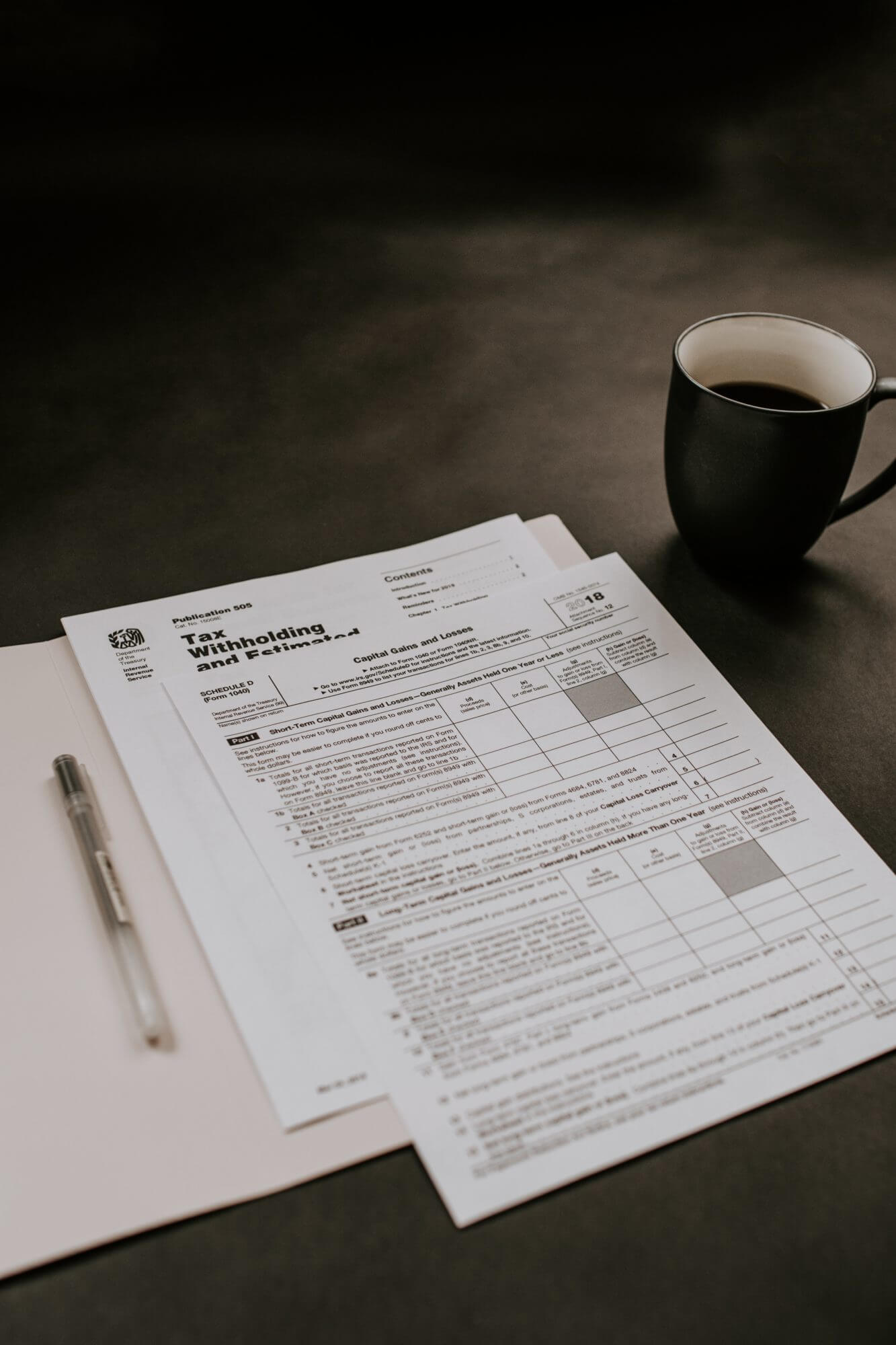Low Doc Loans – Can I Get A Loan Without Income Proof?
You may or may not have heard about a low doc loan. They’re not new, but they’re not as well known as other loan types. However, they can be valuable for self employed borrowers who may not be in a position to prove income through the traditional channel of tax returns.
Defining a Low Doc Loan
A low or no documentation loan lets any potential borrowers apply for a mortgage by filling out all of the traditional paperwork involved in the home loan process. However, the borrower would not provide a lot of information regarding their income, employment or assets.
Since 2008, there have been regulatory steps put in place for this type of loan, but they’re still an option for people who have nontraditional financial situations. These regulatory steps protect both the lender and the borrower when they contract for this type of loan.
The Low Doc Loan Process
Potential borrowers who want to use this type of loan usually have a complex income situation. This income stream may be more difficult to correctly document and produce proof when they fill out a traditional mortgage application. A few good examples of this would be a person who has self-employment arrangements where they minimise their income to save on their taxes, they want to include alternative investments as income, their tax returns are too complex or simply they’re tax returns aren’t up to date and cannot be finalized in time for the loan deadline.
Financial institutions that seriously consider a low doc loan usually put great emphasis on the potential borrower’s credit score. They also expect the borrower to be able to make a larger than normal deposit when they find a home or property they like. Similarly, the Loan to Value Ratio (LVR) is usually lower for this type of loan, depending on the exact product. Borrowers may also have to produce more nontraditional documentation for their loan instead of tax returns, such as a letter from their accountant advising income, a self-declaration of income, BAS statements and business bank statements.
These loans do give you a greater degree of flexibility regarding documentation when you apply, but you’ll usually pay a higher interest rate then you’d pay on mortgages with traditional documentation requirements.
How to Qualify for a Low Doc Loan
In order to qualify for this loan, there are a few things you have to have or prove in order for a lender to take you seriously. The specifics can vary from lender to lender; however, the usual core requirements are:
High Credit Score
Generally speaking, more financial institutions are only willing to settle for accepting less documentation from you if you can produce high credit scores. In Australia, anything over 725 is a “high” credit score. Ideally, you want a credit score of around the 800s to be considered. If you have this, you can usually get away with less documentation. Regardless of the credit score, we have lenders who are happy to accommodate most credit scores, however the riskier of a borrower you are, the higher the interest rate and difficulty getting the loan approved.
Income
You can use nontraditional income streams for this loan. The higher your income is, the better your approval odds are as you’ll be in a stronger serviceability position. You will need to prove that you have a reliable stream of income verified with the alternative income sources such as accountant letter, self-certification declaration, bank statements or BAS statements.
Assets
Having assets, particularly property, that you can use as collateral on your loan is also a great help. In certain situations, lenders will want to take security over a second or third security in order to strengthen your overall position and mitigate risk from the loan. If you’re strong in the asset sector, financial institutions in the Low Doc space may be more willing to work with you.
The Price of a Low Doc Loan
Yes, it may be more convenient for you to get a low doc loan over a traditional loan, but there’s a price attached to it. You’re now using standard methods to prove to the financial institution that you can repay it through traditional means. In turn, this means that there is more risk associated with it for the lender.
The lender is also taking more risks by working in a grey area. In response to this, the price goes up. You should expect to pay an interest rate that is at least 1-3% higher than traditional mortgages. You may also pay more in processing fees with this loan than traditional loans. Again, each lender will vary on what they charge for the convenience of this type of loan. This is why it pays to shop around. We work with multiple lenders who work in the low doc space, we are more than happy to provide recommendations based on your unique circumstances.
Contact Us Today for Low Doc Loan Assistance!
Are you interested in applying for a low doc loan but you have questions or concerns? Maybe you don’t know where to start, and you’d like guidance. Either way, we’re here to help! You can get in touch with our staff today, and we’re ready and willing to walk you through the process and help you secure your low doc loan! Contact us on 02 8530 1107 or Submit your scenario online






